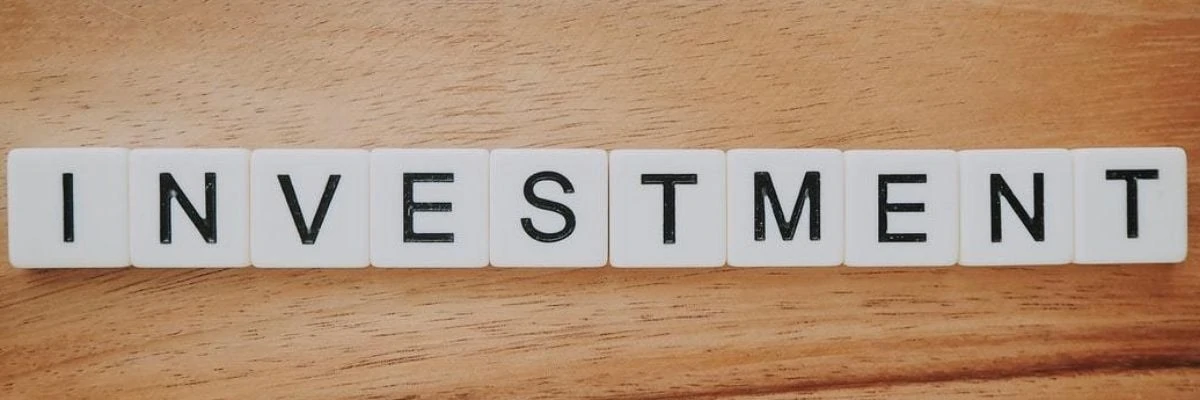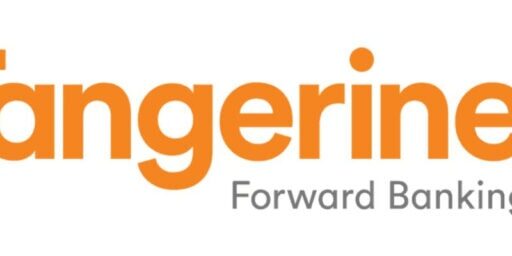How Regular and Synthetic Dividend Reinvestment Programs (DRIP) Work
The questions are still rolling in about investing small amounts per month, this time regarding the differences between a dividend reinvestment plan (DRIP)/stock purchase plan (SPP) and a synthetic DRIP that most discount brokerages offer. For those who are new to the concept, a DRIP is a way to automatically reinvest dividends received from a publicly traded company.
DRIP/SPP
The DRIP/SPP strategy is where an investor can purchase one or more shares of a participating publicly traded company, and have the dividends reinvested automatically.
The advantages are that investors can reinvest dividends without any commission fees and the ability to purchase partial shares with even the smallest of dividends. The downside is that it is a bit of a process to get started in the DRIP program, and there are limited companies that offer this option.
At a very high level, the process is as follows:
- Find companies that offer the DRIP/SPP program then purchase your share or shares with your discount broker;
- Call your broker and request a share certificate (fee involved); and,
- Mail certificate to the transfer agent.
Investors can also initiate this process by purchasing a single share privately (includes the certificate), which can then be sent to the transfer agent. More details on DRIP Primer here.
Once you have it setup, it’s on auto pilot and some companies even offer discounts on the share price if dividends are reinvested.
Synthetic DRIP
If the process of traditional DRIP/SPP sounds like too much work, then there is another option that is much easier. The only catch is that you need more cash to get started. Synthetic DRIPs are offered by most discount brokers that will allow you to reinvest your dividends without being charged commissions.
However, there is a catch – the dividend received must be enough to purchase at least one whole share or the dividend will be distributed as cash. In other words, a synthetic DRIP will not allow you to purchase partial shares.
So how much of a dividend stock do you need to buy so that the quarterly dividends are enough to purchase one share? Easy!
Number of Shares to Buy = Share Price / Dividend per quarter
For example, Fortis (FTS) currently has a share price of $30.71 (as of Sept 6, 2013) and a quarterly dividend of $0.31. Say an investor wants to purchase shares so that each quarterly dividend is enough to purchase a single share.
Using the handy formula above results in purchasing about 100 shares of Fortis, or $3,071 worth. However, if Fortis’ stock price goes up, and the dividend is not sufficient to purchase one share, it will result in the dividend being distributed as cash. To help mitigate against this scenario, the investor may want to purchase more shares.
At a high level, the process is as follows:
- Determine which dividend stock you want to buy (list of Canadian dividend stocks available here; if you want a more comprehensive solution, then know that MDJ readers are eligible for a discount on a weekly newsletter by Dividend Stock Rocks which we recommend);
- From there, you’ll need two more pieces of information, current stock price and dividends per quarter;
- Use the formula above to determine approximately how many shares to purchase;
- After you make the purchase, phone your discount broker to setup automatic reinvestment of the dividend (ie. synthetic DRIP); and,
- Providing that your quarterly dividend is enough to purchase at least a single share, your broker will automatically purchase the share(s) commission free every quarter.
Final Thoughts
Both DRIP strategies have their merits and pitfalls, so you’ll need to determine which works the best for you. The traditional DRIP allows you to automatically reinvest dividends received, even if it means purchasing partial shares – all with no commissions.
The synthetic DRIP also offers no commissions on reinvested dividends, but you’ll need more capital upfront. Personally, I do not currently follow either strategy because I prefer to spend my dividends when valuations are attractive (when to buy dividend stocks). But the DRIP strategy is a great way for investors to set it and forget it.
Do you use the DRIP strategy?
I've Completed My Million Dollar Journey. Let Me Guide You Through Yours!
Sign up below to get a copy of our free eBook: Can I Retire Yet?











“BMO introduces Dividend Reinvestment Plan discount 2%”
Was wondering if the DRIP discounted share price was eligible for BMO ETFs ZAG or ZDB in a discount brokerage such as Questrade?
We are saving comission fees by investing in drip and partial shares also working for us.
synthetic drip has less headache of paper work, partial share may not be reinvesting but if holdings are in TFSA then we are not paying any capital gains or taxes on our dividends.
I think a person should start with traditional drip then move to synthetic drip TFSA.
if only computershare had offered TFSA I would never switch to Synthetic Drip.
and If BMO had given us Pre-authorized debits.
Investing would have been much more easy.
How is this better or worse than investing in a market index fund like SPY?
I have a portfolio of about 10 stocks dripping away. It works great and I have a schedule of when I do optional cash purchases. I know that I don’t have the time or knowledge to time anything so this works great for me!
Dividend-based strategies are a normal reaction to low rates. When corporate bonds pay less than dividends, that’s an issue. Until bonds rates go back to their historical average, drips make a lot of sense.
+10 for dripprimer.
That site was essential for me to get started, but missed a few things. This is why I decided to write a comprehensive series on DRIPs to help people follow step-by-step what I did to get up and running:
http://www.myownadvisor.ca/drips/
@FT, are you using any full DRIPs with transfer agents now? I recall you used to or maybe I was wrong there. Just curious.
Mark
+1 for dripprimer
The drip investing boards, http://dripinvesting.org/Boards/Boards.asp , are also a great resource. Lots of helpful people.
Patience is key.